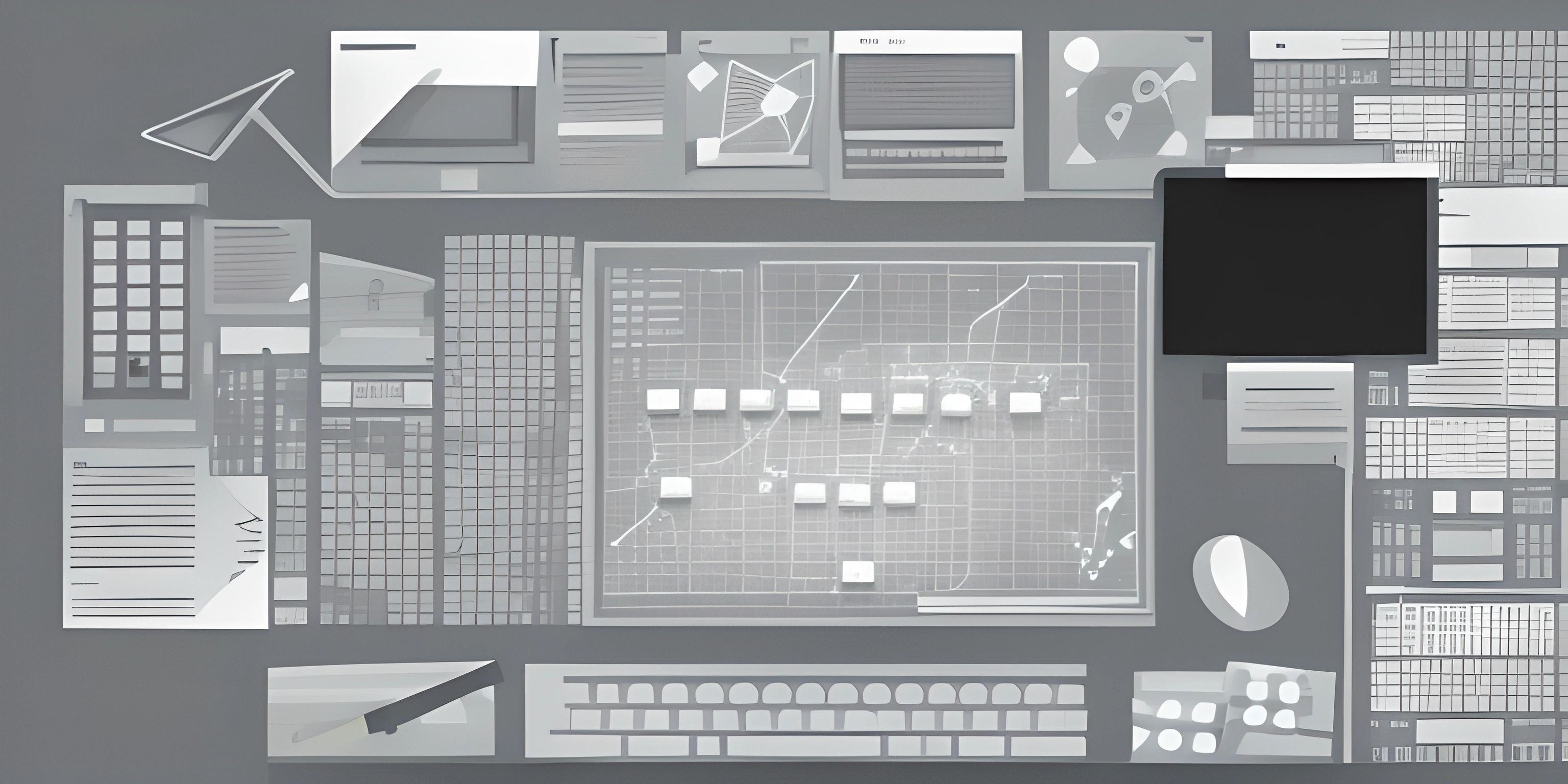Understanding Relational Database Management Systems

Note: this page has been created with the use of AI. Please take caution, and note that the content of this page does not necessarily reflect the opinion of Cratecode.
Relational Database Management Systems (RDBMS) are the backbone of modern data storage and management. They help us store, organize, and retrieve information efficiently, making them indispensable in our data-driven world. So let's explore what makes RDBMS unique and why they're so widely used.
Structure
A relational database is built on the foundation of tables, which are essentially grids of rows and columns. These tables represent various entities and their relationships. Tables contain records (rows) and fields (columns), creating a structure that is both intuitive and easy to work with.
Keys
To uniquely identify each record in a table, we use a primary key. Primary keys are essential for maintaining data integrity and avoiding duplicate records. In addition to primary keys, we also have foreign keys, which are used to establish relationships between tables. Foreign keys act as a bridge between tables, allowing us to connect and retrieve related data.
SQL
Structured Query Language (SQL) is the language we use to interact with relational databases. With SQL, we can perform a wide range of tasks, including creating and modifying tables, inserting, updating, and deleting records, and querying the database to retrieve specific information. SQL provides a powerful and flexible way to manage our data.
How RDBMS Function
RDBMS are responsible for managing the data stored in tables and ensuring its integrity, consistency, and security. They handle tasks such as:
-
Data storage: RDBMS store data in tables, which are organized using a schema that defines each table's structure, fields, and constraints.
-
Data retrieval: When we need to access or retrieve data, we write SQL queries that the RDBMS interprets and executes, returning the requested information.
-
Data manipulation: RDBMS provide a set of SQL commands that allow us to insert, update, and delete records in our tables.
-
Transactions: RDBMS support transactions to ensure data consistency and integrity. Transactions are a series of SQL statements that must all succeed or fail together, preventing partial updates that could leave the data in an inconsistent state.
-
Concurrency control: RDBMS use various mechanisms to manage concurrent access to the database, allowing multiple users to work with the data simultaneously without conflicts or inconsistencies.
-
Security: RDBMS provide features for managing user access and permissions, ensuring that only authorized users can interact with the data and perform specific actions.
Importance of RDBMS
Relational databases have become a crucial component of modern applications and systems. They offer several advantages, such as:
-
Scalability: RDBMS can handle large amounts of data and still perform well, making them suitable for a wide range of applications and industries.
-
Flexibility: The relational model's table structure makes it easy to modify and extend the database as requirements change or grow.
-
Data integrity: RDBMS enforce constraints and rules that help maintain the accuracy and consistency of the data.
-
Ease of use: SQL is a relatively easy language to learn and use, making it accessible to a wide range of users, from developers to data analysts.
In conclusion, understanding RDBMS is essential for anyone working with data or building applications. Their structure and functionality make them a powerful tool for managing and organizing information in our increasingly data-driven world. So go ahead, take a deeper dive into relational databases, and unlock the full potential of your data!
Hey there! Want to learn more? Cratecode is an online learning platform that lets you forge your own path. Click here to check out a lesson: Rust - A Language You'll Love (psst, it's free!).





